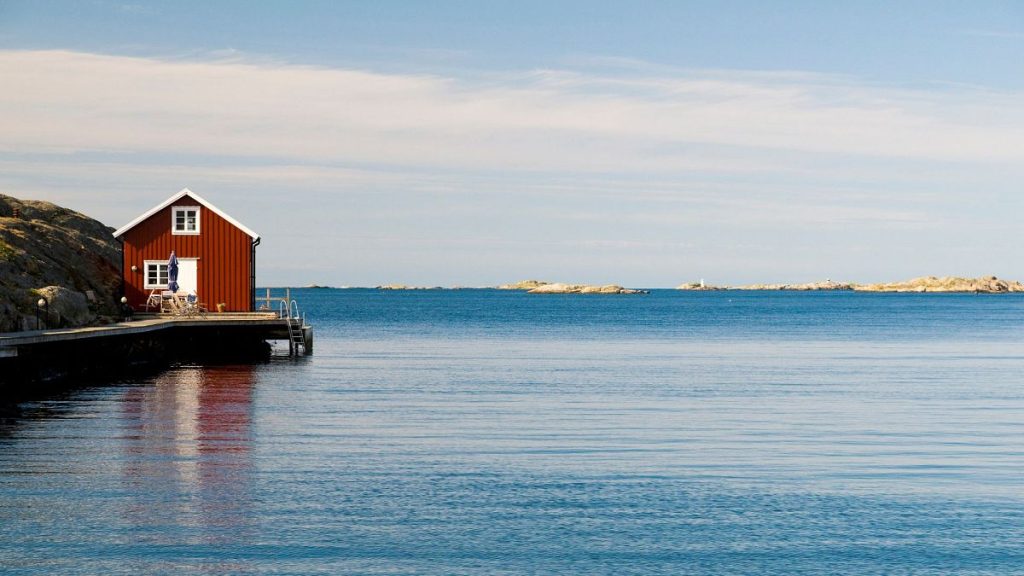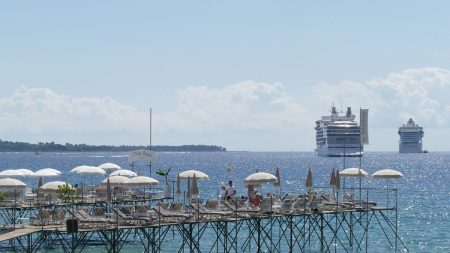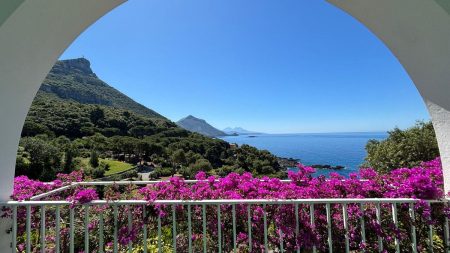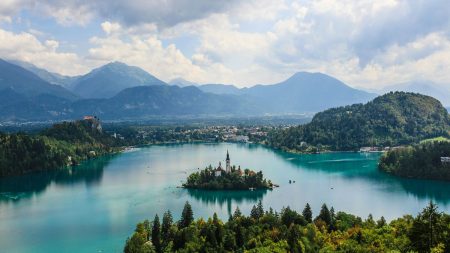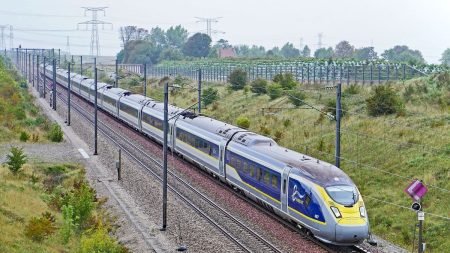As traditional holiday hotspots face the repercussions of increasingly severe heatwaves, a new travel trend is emerging: ‘coolcations.’ This phenomenon reflects a growing preference among travelers for destinations that offer cooler climates, refreshing escapes, and opportunities for outdoor adventures. The Mediterranean, long synonymous with sun-soaked beaches, is seeing diminishing appeal as extreme summer temperatures hit record highs, pushing tourists to reconsider their vacation plans. Countries like Italy and France, which witnessed temperatures soar above 40°C and 30°C respectively in the summer of 2024, have prompted vacationers to seek respite in the northern reaches of Europe, where milder weather prevails.
The shift toward cooler climates is driven by a desire for comfort in the face of rising global temperatures. According to a European climate study, a potential 4°C temperature rise could lead to a significant decline in tourism for southern European countries, with a projected seven percent drop in visitors by 2025 compared to 2019 levels. Modern travelers are increasingly searching for places where they can immerse themselves in nature and engage in outdoor activities. A striking 300 percent increase in Google searches for ‘cooler holidays’ indicates that this trend is resonating broadly. Northern European countries, particularly the Nordic nations, are poised to benefit as travelers gravitate toward their pristine landscapes and adventure-filled offerings, which naturally cater to this new vacationing philosophy.
Among these northern destinations, Sweden is emerging as a leader in attracting travelers looking for cooler climates. Recognized for its stunning natural environment, Sweden’s appeal is magnified as it positions itself as an ideal escape from the oppressive heat experienced in southern Europe. Susanne Andersson, CEO of Visit Sweden, notes a dramatic increase in inquiries related to ‘coolcations.’ An influx of visitors from hot locales, such as Italy, underscores the urgency of this trend. The allure of Sweden lies not merely in its temperate climate but in the lifestyle it promotes—travelers are eager for active, nature-driven experiences that resonate with the region’s outdoor ethos. Attractions like the Stockholm Archipelago and the midnight sun of Lapland offer diverse landscapes that beckon tourists seeking refuge from the heat.
To capitalize on the growing interest in cooler climates, Sweden’s tourism campaigns have strategically focused on the country’s natural assets and moderate weather conditions. Effective marketing initiatives, such as the ‘Discover the Originals’ campaign, promote authentic, nature-oriented experiences that emphasize sustainability and outdoor engagement. Notable projects like the newly established Stockholm Archipelago Trail—a 270 km hiking path that traverses more than 20 islands—demonstrate Sweden’s commitment to providing accessible outdoor adventures. This blend of tourism and nature conservation not only enhances the visitor experience but also reinforces the country’s image as a top destination for ‘coolcations.’
The emergence of the ‘coolcations’ trend presents both challenges and opportunities for destinations embracing this shift in traveler behavior. As demand for cooler locales grows, regions that emphasize their natural landscapes stand to benefit from increased tourism, which can bolster local economies. This redistribution of visitors could alleviate strain on traditional sun-soaked beach destinations during peak travel seasons, fostering a more sustainable approach to tourism. Countries that successfully market themselves as cooler summer alternatives can entice tourists away from overcrowded beaches while ensuring they still receive the rich experiences nature has to offer.
Ultimately, the ‘coolcations’ trend may signify a fundamental change in how and where travelers choose to spend their vacations. While warmer destinations will always hold appeal, the allure of cooler climates is rapidly reshaping summer travel dynamics. Sweden’s ongoing efforts to position itself in this context illustrate the growing recognition that natural beauty, outdoor activities, and milder climates can appeal to the modern traveler’s sensibilities. With the continued rise of this trend and the subsequent interest in leisure activities that promote well-being and connection to nature, ‘coolcations’ are likely to become a key theme in travel strategies moving into the future. The expanded exploration of this trend through platforms like Euronews Travel is a testament to its expanding relevance in the realm of global tourism.




